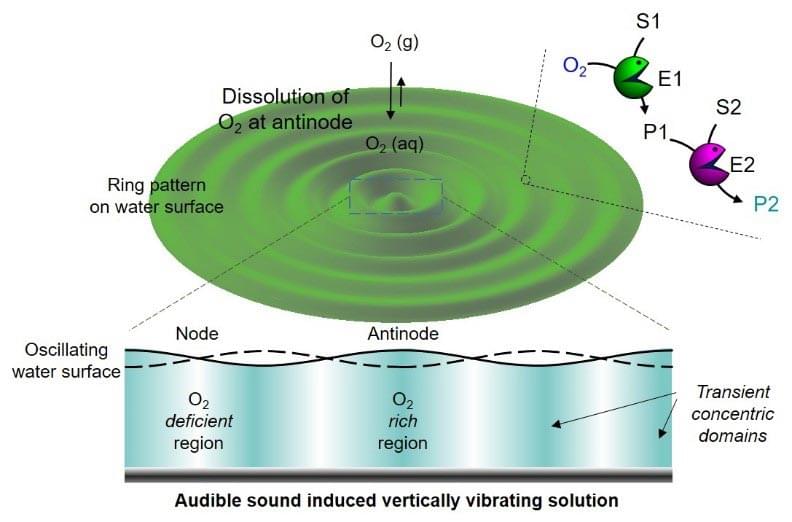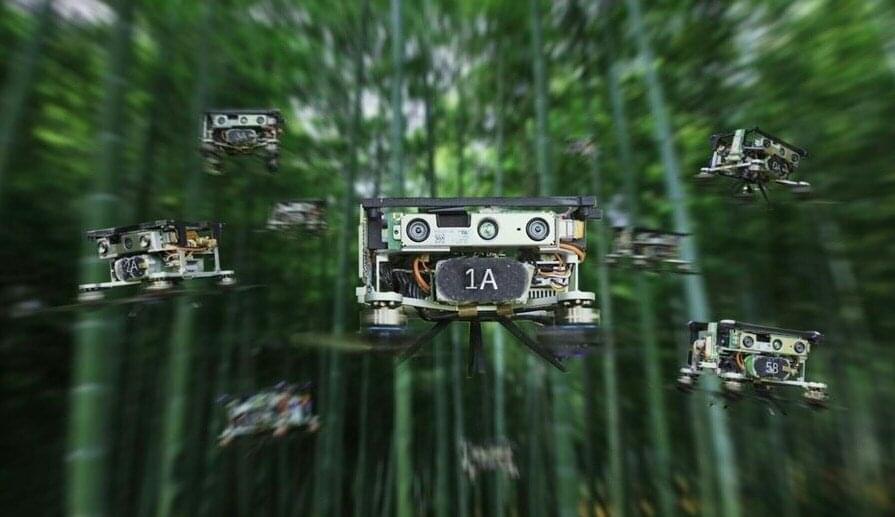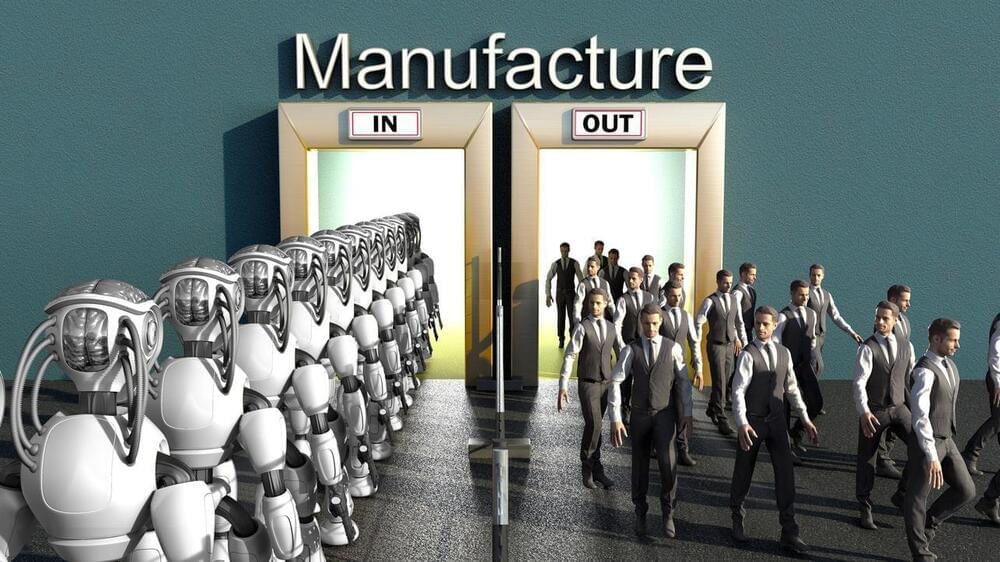Researchers have shown it is possible to perform artificial intelligence using tiny nanomagnets that interact like neurons in the brain.
The new method, developed by a team led by Imperial College London researchers, could slash the energy cost of artificial intelligence (AI), which is currently doubling globally every 3.5 months.
In a paper published today in Nature Nanotechnology, the international team have produced the first proof that networks of nanomagnets can be used to perform AI-like processing. The researchers showed nanomagnets can be used for ‘time-series prediction’ tasks, such as predicting and regulating insulin levels in diabetic patients.







